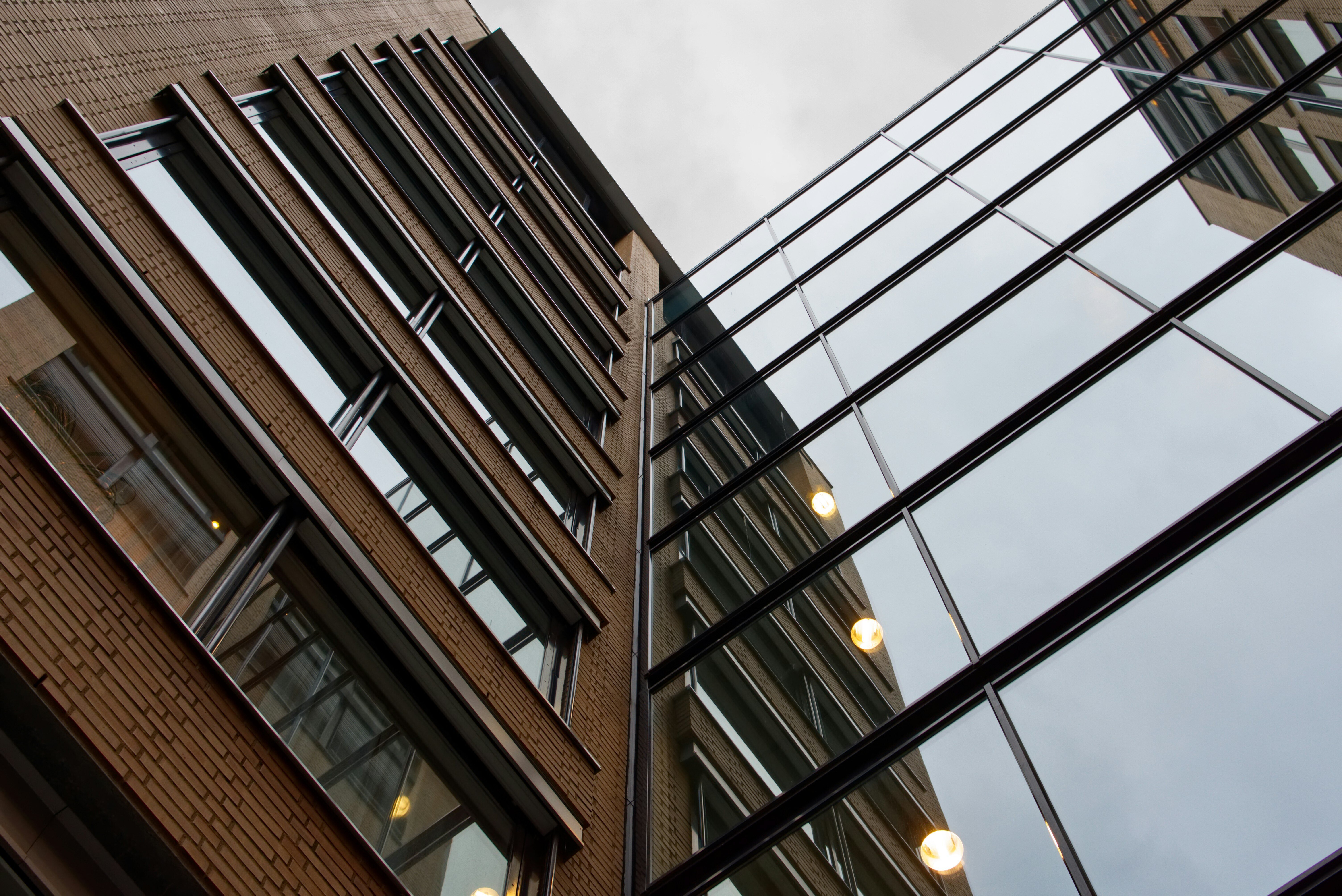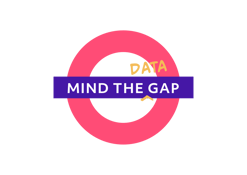Green Loan or Not Green Loan: Is That the Question?
In the world of commercial real estate, financing is a key factor. As we move towards a more sustainable future, a new type of loan is getting attention: the green loan. But should we be asking, "Green loan or not?" Or is the real question, "Can I get financing at all?"
What is a Green Loan?
A green loan is designed to support projects that have positive environmental impacts. In commercial real estate, this could mean loans for buildings that use renewable energy, have better insulation, or use sustainable materials. Banks give these loans to projects that promise to lower their carbon footprint or make the building more energy efficient.
Financing Challenges
But as the world is changing, so is the question of financing. Will it soon come down to only getting a loan if your project is "green"? Will traditional loans still be available? These are important questions for building owners and developers.
In the future, the decision might not be whether you want a green loan, but whether you can get any loan at all. Banks may focus on financing projects that fit into the global green shift. If your project isn't sustainable, will you still be able to find funding? And if not, how does that affect the future of real estate development?
The Role of Banks in the Green Shift
Are banks responsible for driving the green shift? That's a big question. On one hand, they have the power to encourage environmentally friendly projects by offering green loans. On the other hand, should they be expected to lead the charge in such a major global change? Or is it more the responsibility of governments and industries to step up and make sustainable choices?
Banks are in a powerful position, but should they carry so much weight in deciding which projects get funded? At the end of the day, they are businesses. But their choices could have long-term effects on the environment and the economy.
Energy Certificates: A Good Measure?
Many buildings today are required to have energy certificates that show how energy efficient they are. But is this enough? While these certificates give an idea of how well a building uses energy, they don't necessarily show the building's total impact on the environment, especially in terms of CO2 emissions.
Should the energy certificate system be updated to include actual carbon emissions from the building? Would this give banks, investors, and developers a clearer picture of a building's true environmental impact? Perhaps combining these measures could help in making better financial and environmental decisions.
The Big Question: What If the Green Shift Doesn’t Happen?
Finally, what happens if the green shift doesn't take off as expected? If businesses and governments don’t follow through on sustainable practices, what could be the consequences for commercial real estate?
Will buildings that aren't environmentally friendly become harder to sell or lease? Could their value drop? And if the market doesn’t demand sustainable buildings, will developers stop creating them? It's a cycle, and if the green shift stalls, the future of real estate might face a lot of uncertainty.
Closing remarks
The real estate market is at a turning point. Green loans are becoming more popular, but the real question might not be about which loan to choose. Instead, the focus could shift to whether financing will even be available for projects that aren't sustainable.
At the same time, we must ask: Are banks the ones who should be leading the green shift, or is that too much responsibility for them to bear alone? And finally, we need to consider whether current systems, like energy certificates, truly reflect the environmental impact of buildings—or if more needs to be done to measure CO2 emissions accurately.
The decisions we make today could shape the future of commercial real estate for years to come. So, green loan or not—what will your next step be?
You May Also Like
These Related Stories

Green loans and how to access sustainable financing as a real-estate owner
.png?width=557&height=371&name=%D0%94%D0%B8%D0%B7%D0%B0%D0%B9%D0%BD%20%D0%B1%D0%B5%D0%B7%20%D0%BD%D0%B0%D0%B7%D0%B2%D0%B0%D0%BD%D0%B8%D1%8F%20(25).png)
Understanding the Green Loan Principles
